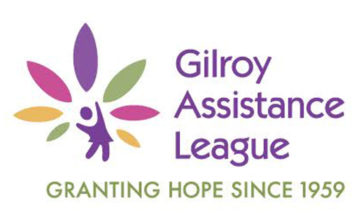Dear Editor,
The only message I want to give is an awareness of sepsis to the
hospital and to our community.
This information on sepsis was taken from a medical
encyclopedia. The manifestations of sepsis are a failure to eat,
loss of weight, diarrhea and high fever. How can diagnosis be
established definitely? By blood taken to determine if bacteria is
present in the bloodstream. The treatment for sepsis is prompt
administration of the appropriate antibiotic in adequate doses.
Dear Editor,
The only message I want to give is an awareness of sepsis to the hospital and to our community.
This information on sepsis was taken from a medical encyclopedia. The manifestations of sepsis are a failure to eat, loss of weight, diarrhea and high fever. How can diagnosis be established definitely? By blood taken to determine if bacteria is present in the bloodstream. The treatment for sepsis is prompt administration of the appropriate antibiotic in adequate doses.
The outlook on this condition with prompt and early recognition and treatment is good. If not recognized early or if there is an infection, it will lead to death within a short time.
After a fall in our living room Jan. 18, 2005, my husband was taking by ambulance to the emergency room at Saint Louise Hospital. He then was admitted with a hip fracture. He showed his first sign of a high fever on Jan. 19 in the midnight shift. On Jan. 20 in the morning shift, the nurse came into the patient’s room.
The report stated the patient was too tired to answer questions that she asked. He could only manage one-word answers. He was too tired even to suck through a straw when offered.
According to doctor’s progress records, at 8:15am on Jan. 20, the patient looked very week and ill and had a 100.2 temperature. The report also mentioned that in light of patient’s poor condition, the hip surgery would have to be held off indefinitely. Now one LVN and one RN and one doctor all reported the condition of the patient as poor. Couldn’t someone have seen that this patient was in distress and in need of immediate help?
With these findings at 8am and 8:15am, a call should have come to his doctor to admit him to ICU. The advantage of ICU over ordinary hospital room car is cardiac monitoring that records every heart beat for 24 hours each day if the heart action appears to be failing (like it was for my husband because of his medication).
On Jan. 20, the CNA came into his room to give him a bath. She reported shallow respiration. She called the RN and declared code blue. Prior to code blue, the patient had no pulse and a respiration.
At 11:30am, he finally was taken to ICU. Too late – he was already in a coma. On Jan. 22, 2005, my husband passed away. I asked the doctor how could this happen? His answer was that he was old and his heart stopped.
I was not satisfied with the answer. That is the day I went to the medical records at the hospital and asked for all documented reports on my husband for the Jan. 19 to 22 time, hoping I could get some answers to why this happened. If he was taken to ICU earlier, it might not have happened. This is a terrible injustice to my husband of over 40 years, Elmer Ramsay. I have to write this because I can’t carry the weight of regrets, the regret of keeping my mouth shut. I can’t bring any closure when I have questions constantly flashing in my head.
Mary Ramsay, Gilroy












